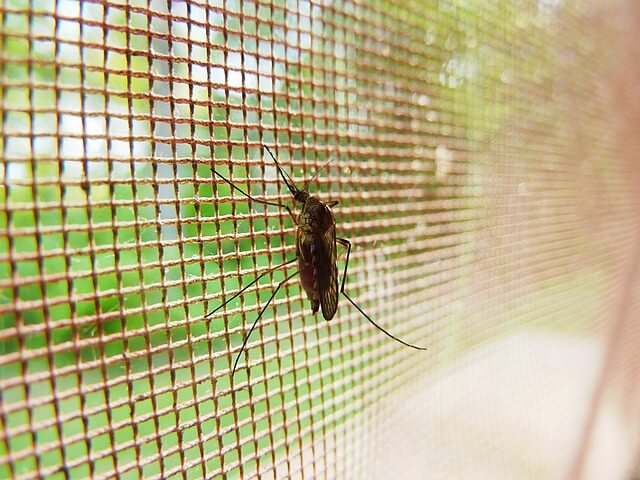New research suggests that when a malaria-carrying mosquito bites you could affect how severely the disease impacts your body. A team of scientists from McGill University and affiliated research centers have uncovered evidence that our internal biological clocks play a role in our vulnerability to malaria parasites.
The study, conducted on mice, revealed that those infected with cerebral malaria-causing parasites at night experienced milder symptoms and less parasite spread compared to mice infected during daylight hours. This discovery opens up potential avenues for more effective malaria treatments that take into account the body’s natural rhythms.
The Clockwork of Infection: How Circadian Rhythms Impact Disease
Circadian rhythms, our body’s internal 24-hour cycles, influence nearly every aspect of our physiology. These rhythms are controlled by a master clock in the brain, with additional clocks present in most organs and cell types throughout the body.
“We explored how the circadian rhythms of both the host and the malaria parasite interact to affect the severity of the disease and the host’s ability to fight off the parasite,” explained Priscilla Carvalho Cabral, a recent McGill PhD graduate who led the experiments.
The research team found that the time of day when infection occurs can significantly impact disease progression. This suggests that our body’s natural rhythms may be influencing how we respond to malaria parasites.
Nicolas Cermakian, Director of the Laboratory of Molecular Chronobiology and corresponding author of the studies, noted, “The difference in a host’s response to infection depending on the time of day suggests that their circadian rhythms could be influencing the progression of the disease. How such immune clocks impact malaria has not been looked at before.”
Unlocking New Treatment Possibilities
This research builds on previous work by the same team, which demonstrated that leishmaniasis, another serious parasitic disease, is also affected by host circadian rhythms. The new findings expand our understanding of how biological clocks impact our susceptibility to parasitic infections.
Martin Olivier, Director of the Laboratory for the Study of Host-Parasite Interaction and co-author of the studies, emphasized the significance of their work: “Our results represent an important advance in knowledge since many of the mechanisms driving the rhythms in susceptibility to diseases, especially parasitic diseases, remain largely unknown.”
The implications of this research extend beyond the laboratory. By understanding how circadian rhythms influence malaria infection, scientists may be able to develop more targeted and effective treatments. This could involve aligning medication schedules with the body’s natural rhythms to maximize their impact.
Why it matters: Malaria affects hundreds of millions of people worldwide and claims over half a million lives annually, predominantly children. Cerebral malaria, the focus of this study, is the deadliest form of the disease. Any advancements in treatment strategies could potentially save countless lives and reduce the global burden of this devastating illness.
As researchers continue to unravel the complex interplay between our biological clocks and disease susceptibility, we may see a shift in how parasitic diseases are approached in clinical settings. The time of day when treatments are administered could become a crucial factor in improving patient outcomes.
While these findings are promising, it’s important to note that the studies were conducted on mice. Further research will be needed to determine if the same principles apply to human patients and how this knowledge can be translated into practical treatment protocols.
“Time of Day and Circadian Disruption Influence Host Response and Parasite Growth in a Mouse Model of Cerebral Malaria,” by Priscilla Carvalho Cabral et al, was published in iScience
DOI: https://doi.org/10.1016/j.isci.2024.109684
“Circadian Control of the Response of Macrophages to Plasmodium spp.-Infected Red Blood Cells,” by Priscilla Carvalho Cabral et al, was published in ImmunoHorizons
DOI : https://doi.org/10.4049/immunohorizons.2400021


